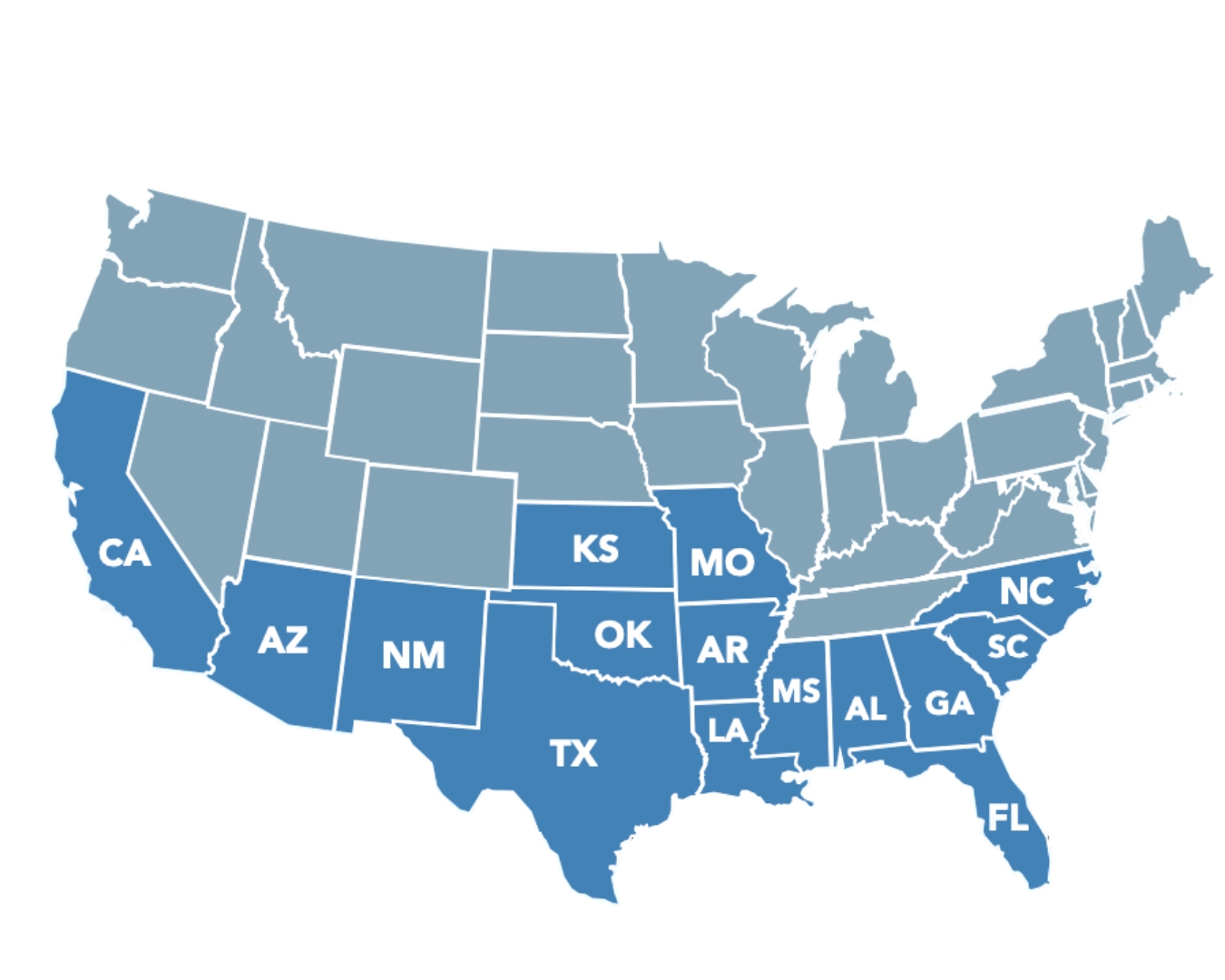Pecan farming is steeped in American tradition, with many orchards passed down through multiple generations. These family-owned pecan farms preserve time-honored growing practices while embracing modern sustainable techniques. For many pecan farmers, their connection to the land runs deep - some families have been tending the same pecan orchards for over a century, creating a living legacy that produces America’s native nut.
When autumn arrives, pecan harvest season begins for most growing regions. Modern shakers gently vibrate trees, causing ripe pecans to fall to the ground for collection. After collection, the pecans undergo cleaning to remove debris before moving into processing facilities. This critical time requires precision timing and coordination to gather the year’s crop at peak freshness.
Pecans flourish across the southern United States in what’s known as the “Pecan Belt,” stretching from the Carolinas to California. Each growing region has subtle differences to its pecans, influenced by soil compilation, climate, and local growing practices. There are 15 core pecan producing states and each has its unique growing conditions that contribute to America’s diverse pecan harvest. This geographic diversity yields a robust national crop with many different pecan varieties thriving in specific regions.
